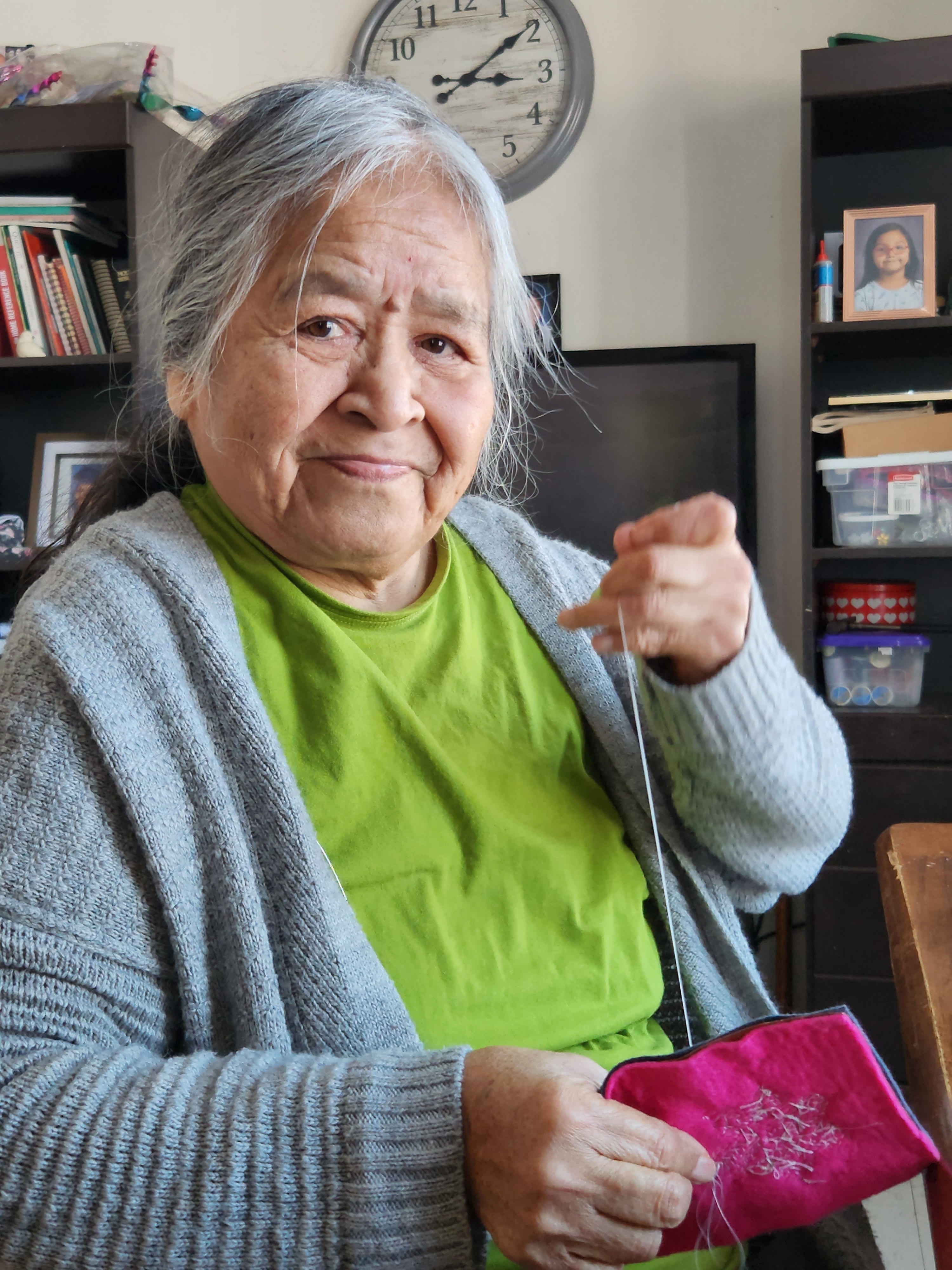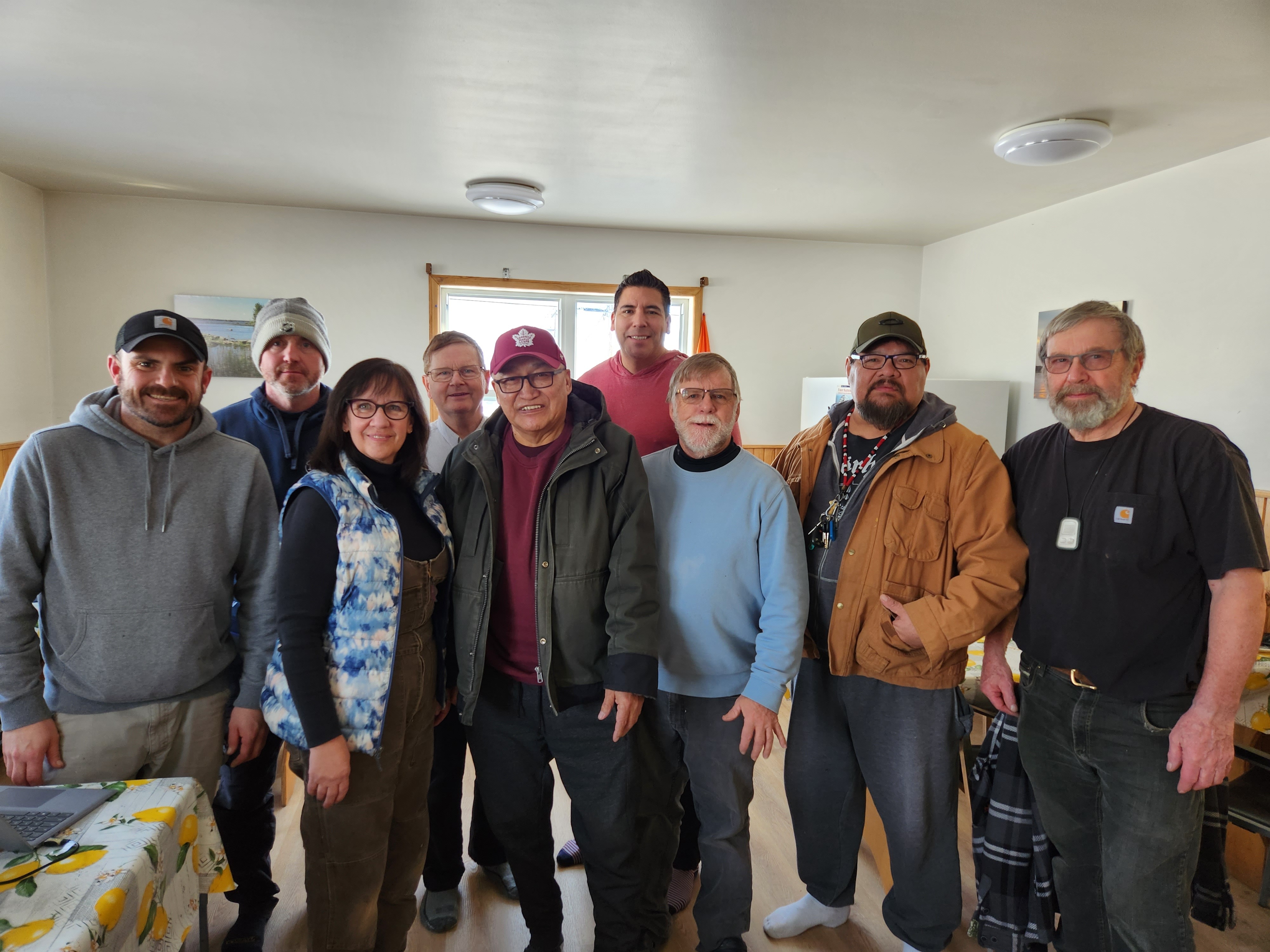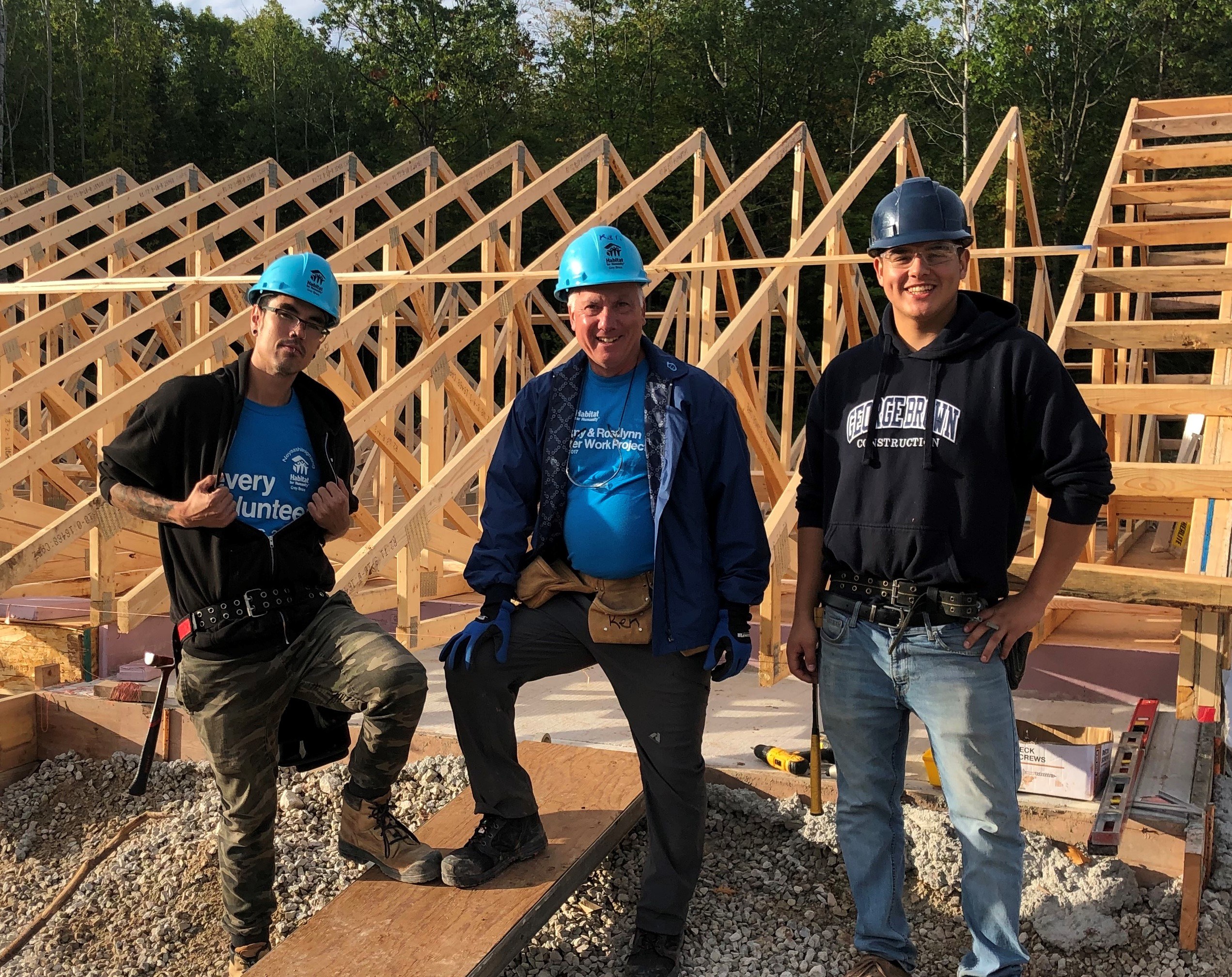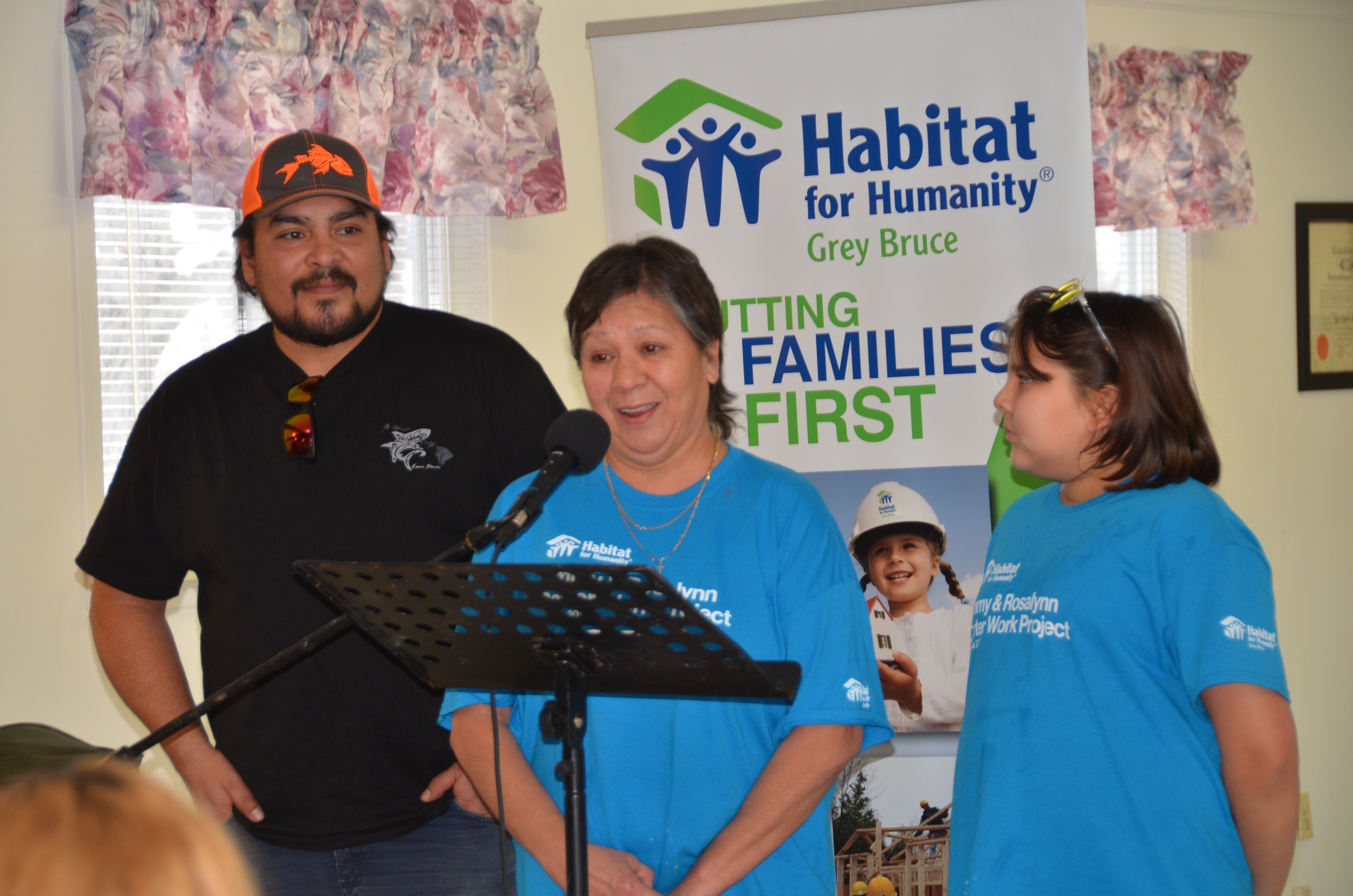In Indigenous communities strong partnerships provide safer homes

Elsie is an Elder of Eabametoong First Nation, who used to have to sit by her window to do her beadwork, as this was the only light that was strong enough for her to see. The voltage in her home was so low that her lights barely shone.
Across the country, many Indigenous people like Elsie are facing significant housing challenges that are rooted in decades of severely underfunded and ineffectively connected housing programs. Indigenous people are three times more likely to live in homes that need major repairs than non-Indigenous Canadians.
The location of Elsie’s remote fly-in community in northwestern Ontario makes repair supplies and expertise hard to come by. The nearest hardware store is a flight away. Local tradespeople are scarce. Even replacing fire alarm batteries can be a luxury due to the cost.
That’s where Habitat’s partnership is making a real difference.
Over two years, Habitat staff and volunteers made five trips to Eabametoong First Nation to work alongside community members to repair broken plumbing and faulty electrical issues that posed fire risks. After the lighting and electrical outlets were fixed in Elsie’s house, she could complete her beadwork and safely move around.

“Our partnership is not only creating safer, healthier living conditions but is also honouring Indigenous self-determination and building lasting trust,” says Cathy Borowec, CEO, Habitat for Humanity Northumberland and team lead.
Habitat’s partnership with Eabametoong is just one example of how we are working in partnership with Indigenous communities to make homes safer for families.


